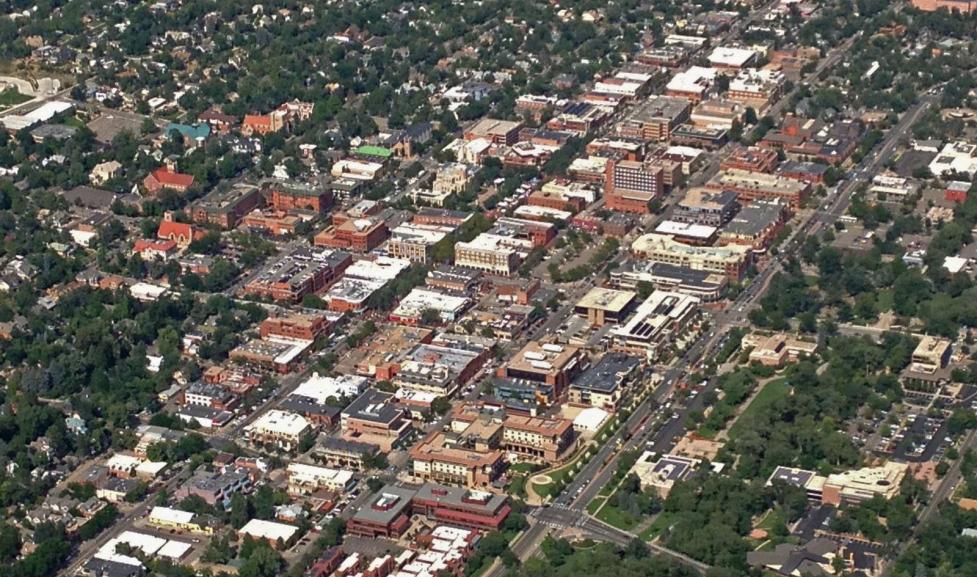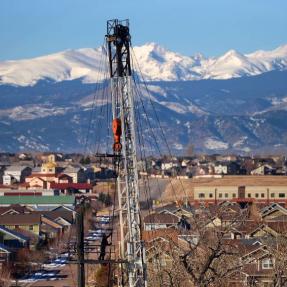Project Overview
The purpose of this project is to bring Chapter 9-6, “Use Standards” of the Land Use Code, into greater alignment with the Boulder Valley Comprehensive Plan’s (BVCP) policies and the city’s priorities, to better enable desired development outcomes throughout the city and to more effectively support the goals and outcomes of the BVCP. The project was paused in Fall 2020 due to staffing challenges during the pandemic, but the work has restarted in 2022.

